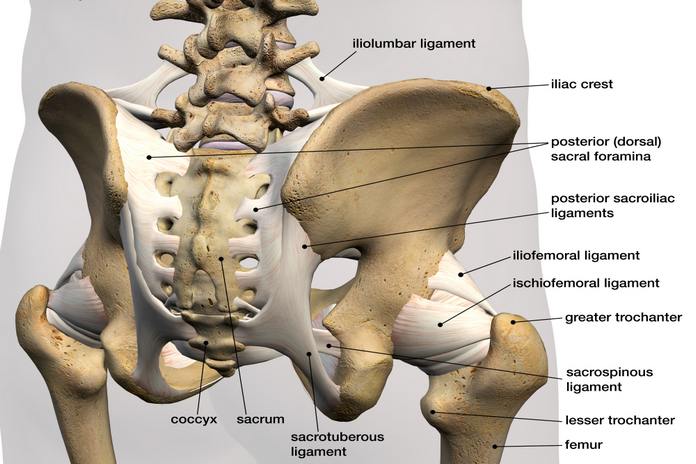What You Need To Know about Hip Anatomy

The hip joint is made up of soft tissue and bones. The bones include the femur and the pelvis and are all hidden under the main components of the joint, which include muscles, tendons, and ligaments. Without them, you can’t move the articulation at all.
The hip joint is surrounded by a hip capsule. It’s made of tough, fibrous tissue that surrounds the joint and ensures it remains stable. Inside the joint capsule, you have synovial fluid. This fluid helps cushion the joint and acts as a lubricant, reducing friction.
This type of joint is called ball and socket because that is exactly how it looks like. It is fundamental for almost every function we do every day because it provides stability to the upper body and dynamic support to the trunk. It allows a wide range of motion from one side to the other, to the front and the back, and it also rotates.
The ligaments in this joint include:
- The iliofemoral ligament, which is the most sturdy ligament in the body
- The pubofemoral and ischiofemoral ligaments, which prevent excessive extension and abduction.
- The ligamentum teres, which attaches to the head of the femur.
The ligaments above work along strong leg muscles to reinforce the hip joint. Together they form a very strong articular capsule compared to the shoulder joint. That’s why bursitis is not as common in the hip as in the shoulder. Around 50% of people will experience shoulder bursitis against 15% hip bursitis in women and a lower still prevalence in males.
However, there are many other common hip problems that affect sedentary and physically active people.
